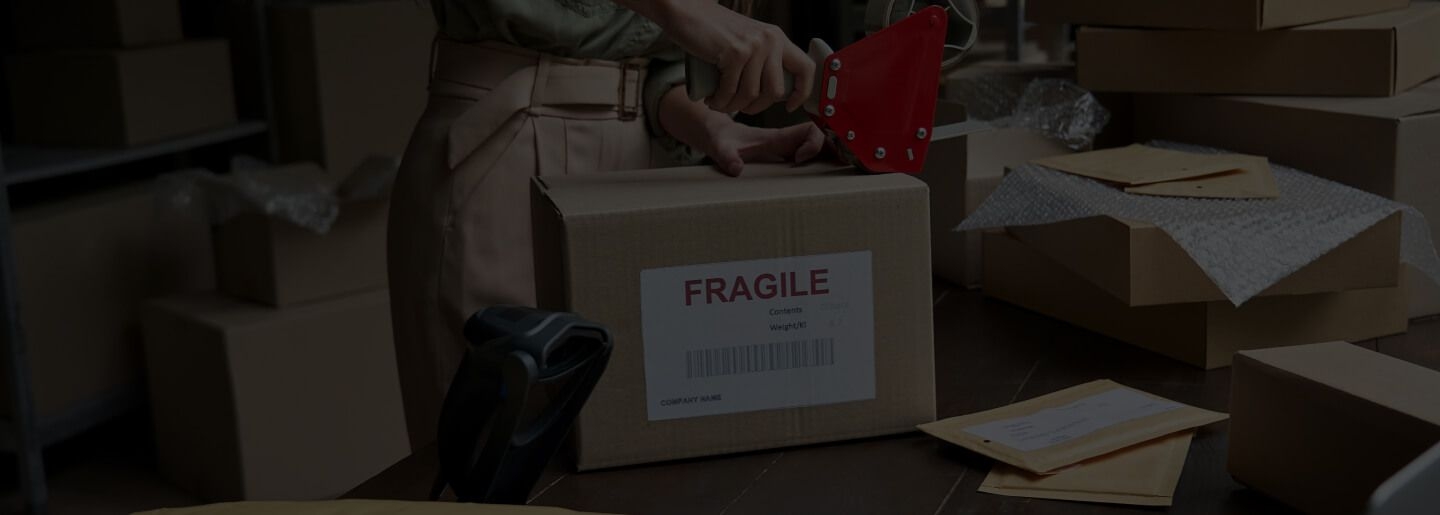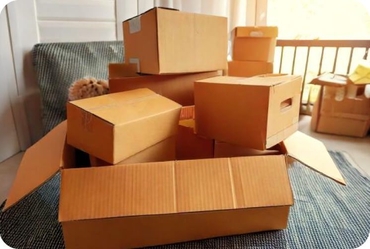
What Packaging Techniques Keep Your International Shipments Safe?
Shipping internationally involves long journeys, multiple handling points, and different climate conditions. To make sure packages arrive safely, businesses and individuals must use packaging techniques that protect against shocks, moisture, and compression. Let's break down the best practices for keeping your international shipments safe from origin to delivery.
1) Choose the Right Box
- Double-walled corrugated boxes are stronger than single-wall and can withstand stacking during air or ocean transport.
- Use a box slightly larger than the contents to allow for protective padding.
- Avoid reusing old, weakened boxes for valuable or fragile items.
2) Cushioning and Internal Protection
- Bubble wrap, foam inserts, or air pillows absorb impact during transit.
- Fragile items should be individually wrapped before being placed in the box.
- Fill empty spaces with cushioning to prevent items from shifting inside.
3) Moisture and Weather Protection
- International shipments may be exposed to humidity, rain, or temperature changes.
- Use plastic liners or waterproof pouches to protect sensitive goods.
- For electronics, consider desiccant packs to absorb excess moisture.
4) Reinforce Seals and Edges
- Seal all box seams with strong packing tape (H-taping method).
- Reinforce corners and edges, as these areas absorb the most stress.
- Avoid string or paper tape-both are unsuitable for international shipping.
5) Labeling and Documentation
- Place the shipping label flat on the largest side of the box.
- Insert a duplicate label or invoice inside the package in case the outside label is damaged.
- Use "Fragile," "This Side Up," or handling symbols when appropriate, but never rely on them as a substitute for protective packaging.
6) Special Techniques for High-Value or Fragile Goods
- Double-boxing: Place a smaller box inside a larger one with padding between.
- Foam-in-place packaging: Custom foam molds that secure irregular-shaped items.
- Shock and tilt indicators: Small devices attached to the package to detect rough handling.
7) The Role of Professional Repacking Services
For many international shoppers, forwarding warehouses provide repacking options to reduce dimensional weight and improve safety. Professionals ensure:
- Correct padding and box strength.
- Elimination of wasted space (lower costs).
- Compliance with international carrier standards.
Key Takeaway
The safety of an international shipment depends as much on smart packaging as it does on reliable carriers. By using sturdy boxes, effective cushioning, moisture barriers, and professional repacking, you can protect your items and reduce the risk of damage during transit.
To see how forwarding services help optimize packaging for safer, more efficient delivery, visit Boxit4me.
References & Further Reading
Related Articles

What is the Best Way to Organize Inventory for Efficient Shipping?

Package Consolidation: Save on International Shipping
